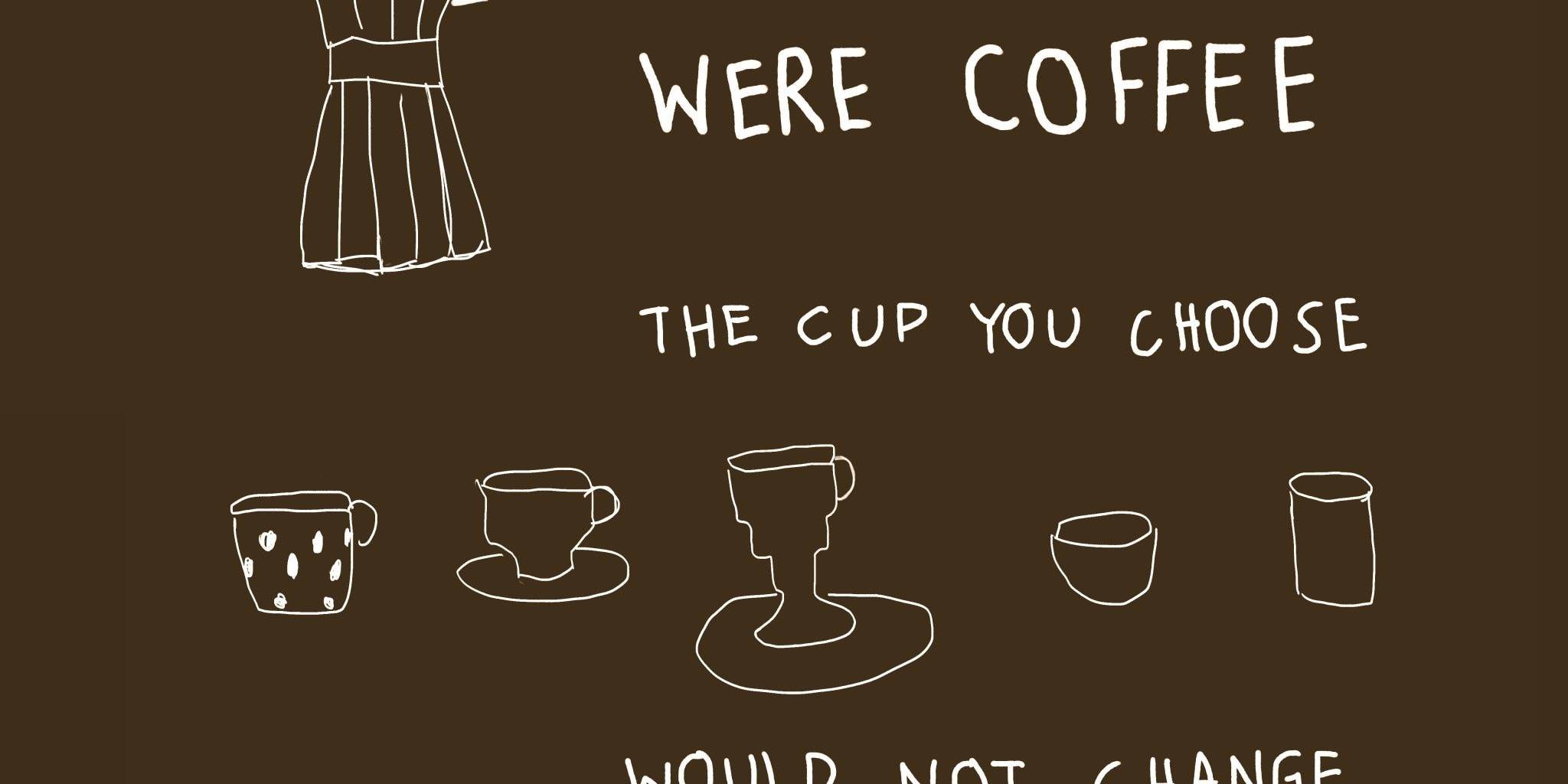You have a choice: Fight, flight, freeze or fawn
Dear Future Parents,
Do you remember what it felt like to be unsafe at home? How, even in your own family, being yourself sometimes felt like a risk?
Children in dependent, unsafe, or dysfunctional environments are uniquely vulnerable to developing something like Stockholm syndrome with their caregivers.
Stockholm syndrome is a psychological phenomenon where hostages or abuse victims develop a bond with their captors or abusers. It highlights how, in situations of extreme power imbalance and fear, a person may start identifying with the one controlling or harming them. It is a response that isn’t rational—it’s a survival response. In a twisted way, aligning with the abuser can make the situation feel safer, giving the dependent person a sense of control and reducing fear by fostering attachment rather than aversion.
Children in dependent, unsafe, or dysfunctional environments are uniquely vulnerable to developing something like Stockholm syndrome with their caregivers.
Unlike an adult hostage who may eventually escape or regain their freedom, children are inherently trapped—they have nowhere else to go and no one else to rely on. When a caregiver exhibits threatening, neglectful, or harmful behavior, the child may instinctively try to bond with them, rationalizing or idealizing the caregiver’s behavior to feel safe within the relationship. This emotional attachment allows the child to maintain a sense of connection, even if that connection involves silencing their own needs or overlooking the harm being done.
For a child, this adaptation is an unconscious survival strategy, an attempt to preserve a sense of security in a relationship they depend on for survival. The child may internalize beliefs that the caregiver’s actions are somehow justifiable or that they, the child, are to blame. These mental gymnastics are protective mechanisms; they help the child maintain a coherent worldview where they can feel cared for, rather than abandoned or unloved. Over time, the child may start to view harmful behaviors as normal, even comforting, and this distorted loyalty can continue into adulthood, influencing their relationships and self-image long after they’ve left the family home.
When children "fawn," they become hyper-attuned to the caregiver’s needs, moods, and triggers, adapting themselves to keep the peace and ensure their safety.
“Fawning” is essentially the child’s version of Stockholm syndrome in action. When children “fawn,” they become hyper-attuned to the caregiver’s needs, moods, and triggers, adapting themselves to keep the peace and ensure their safety. In fawning, they put the caregiver’s emotional state above their own needs, learning to please, appease, and avoid conflict at all costs. This adaptation allows them to manage their fear by trying to control the caregiver’s reactions, even if it means suppressing their true self.
Over time, the child’s personality becomes shaped by this need to keep others happy, to stay attuned to any shifts in others’ emotional states, and to avoid asserting their own boundaries or desires. They become so focused on meeting the needs of others that they may lose touch with their own preferences, emotions, and sense of self-worth.
The tragedy of fawning is that it works—it keeps the peace, avoids punishment, and maintains a semblance of security. But this survival strategy exacts a high price. Children who rely on fawning sacrifice their authentic selves in exchange for safety, learning to ignore or downplay their own feelings, needs, and boundaries to keep others happy. This act of self-abandonment can leave them feeling hollow, disconnected, and unable to form healthy relationships later in life.
Healing from a fawning response is about reclaiming one’s voice, needs, and sense of self. It involves recognizing that survival doesn’t have to mean self-sacrifice, that boundaries are valid, and that one’s own emotional world deserves just as much respect as anyone else’s. This journey requires challenging deep-seated beliefs that pleasing others is the only way to stay safe, allowing the person to reconnect with who they truly are—beyond the survival mechanisms that once kept them protected but now hold them back.
You may also like
The world is in me
Our experience of the world is…
Wear discomfort like your favorite sweater
We‘ve been taught to avoid discomfort,…
If life were coffee
A group of alumni, highly established…






